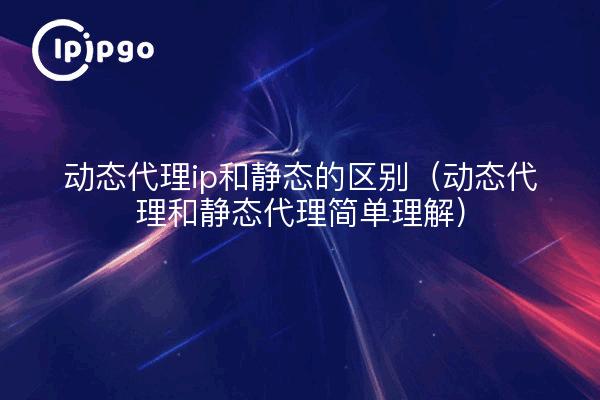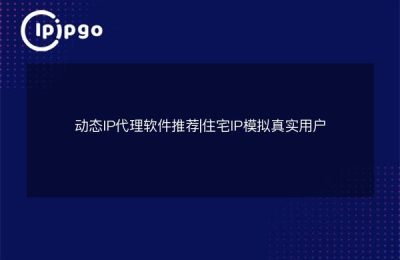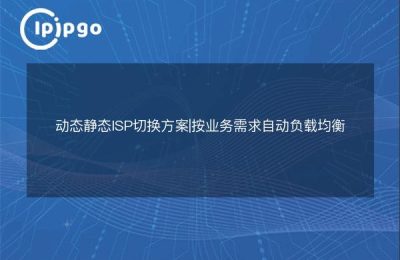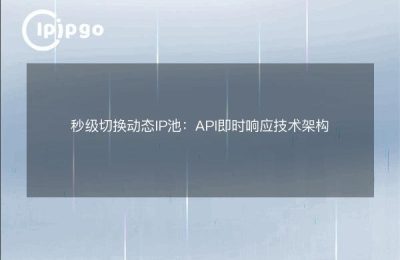
In the network world, it seems that there is a wonderful competition is being staged - this is the dynamic proxy IP and static proxy fierce duel. They each have their own unique charm and characteristics, like two bright stars in the sky, each shining with a fascinating light.
Difference between dynamic proxy ip and static
Let's start with static agents, which are like an old-fashioned gentleman, unchanging, always following established rules and processes. It's like that old building that is stable and reliable, but lacks flexibility and change. Dynamic proxy IP, on the other hand, is like a lively stream with endless changes, sometimes turbulent and surging, sometimes gentle and slow, always giving people a new feeling.
The biggest difference between the two is flexibility and change. Once the static proxy is established, it can not be changed, as if making an ironclad plan that can not be questioned. Dynamic proxy IP, however, can be improvised, according to the actual needs of real-time adjustments, like a dancer at will, flexible and free to change the dance steps.
In practice, we can understand the difference between the two through a small analogy. As if in a marathon race, static proxy is like a always step by step, consistent pace of the long-distance runners, although it can maintain regularity and stability, but once encountered special circumstances but it is difficult to cope with. Dynamic proxy IP is like a change of strategy, flexible runners, according to the changes in the race at any time to adjust the speed and pace.
A simple understanding of dynamic and static proxies
Through simple code examples, we can more intuitively feel the difference between dynamic and static proxies. First, let's take a look at the static proxy example:
"`java
// Define an interface
public interface Subject {
void request().
}
// Define an implementation class
public class RealSubject implements Subject {
@Override
public void request() {
System.out.println("Executing Business Logic");
}
}
// Define a proxy class
public class StaticProxy implements Subject {
private RealSubject realSubject.
public StaticProxy(RealSubject realSubject) {
this.realSubject = realSubject;
}
@Override
public void request() {
System.out.println("Static proxy start");;
realSubject.request();
System.out.println("End of static proxy");;
}
}
“`
The dynamic agent example is slightly different:
"`java
// Define an interface
public interface Subject {
void request().
}
// Define an implementation class
public class RealSubject implements Subject {
@Override
public void request() {
System.out.println("Executing Business Logic");
}
}
// Define a dynamic proxy class
public class DynamicProxyHandler implements InvocationHandler {
private Object target.
public DynamicProxyHandler(Object target) {
this.target = target;
}
@Override
public Object invoke(Object proxy, Method method, Object[] args) throws Throwable {
System.out.println("Dynamic agent started");;
Object result = method.invoke(target, args);
System.out.println("End of Dynamic Agent");;
return result;
}
}
“`
As you can see, the implementation of dynamic proxies is more flexible compared to static proxies, and can dynamically determine the proxy behavior at runtime, bringing more possibilities to our programs.
When choosing dynamic and static proxies, it's like picking a partner, static proxies are the elders who are steady and reliable, while dynamic proxies are the good friends who are witty and flexible and don't panic in a crisis. Each has its unique charm and advantages, we need to combine with the actual situation, choose the most suitable for their own agent. I believe that at the right time, they will be able to help us turn danger into peace, solve problems and achieve greater success.








